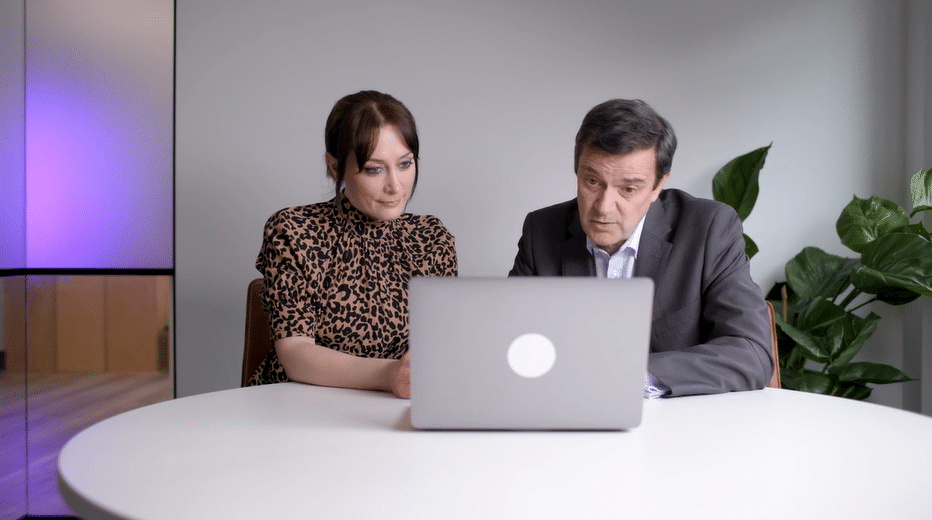A Nod to World Menopause Day
World Menopause Day is this weekend, and it is the perfect time to bring the conversation out of the shadows.
Menopause is not something to brush aside until someone quietly mentions a hot flush or brain fog in the meeting room. It affects real people across every workplace: colleagues, managers, mentors, and high performers who often carry on without saying a word.
Research shows that this silence comes at a cost. One in ten women experiencing menopause have left a job because of their symptoms, and four in ten say their ability to work has been affected. The CIPD also reports that more than a quarter of women aged forty to sixty feel menopause has had a negative impact on their career progression.
Creating menopause-friendly workplaces is not simply about being kind. It is about retention, productivity, and morale. When people feel understood and supported, they stay engaged and perform better. Even small adjustments, such as flexible working arrangements, temperature control, and informed line management, can make a significant difference to both well-being and performance.
World Menopause Day serves as a reminder that this is a workforce issue, not a “woman-only” issue. By starting conversations, building understanding, and making practical changes, organisations can create workplaces where experience is valued, support is visible, and everyone has the chance to thrive.
Taking the First Step: Busting Menopause Myths
As a first step towards improving workplace support for menopausal colleagues, it helps to challenge the myths that often hold organisations back from making real progress.
Menopause is not a single moment in time. It is a transitional phase that includes perimenopause, menopause, and post-menopause, with symptoms that can begin years before the last period and continue long after. Understanding this journey is key to offering meaningful support.
Some common misconceptions to be aware of include:
• “It’s only a woman’s issue.” Menopause touches everyone at work, whether directly or through colleagues, friends, or family.
• “Menopause is just about hot flushes.” Symptoms can include brain fog, fatigue, mood changes, and difficulty concentrating. Every experience is different.
• “Only older women are affected.” Early menopause can happen under 40, and symptoms can continue well into later life.
Video Arts’ course “Creating an Open and Positive Environment for Menopausal Staff” offers practical guidance to help managers support employees through these changes and challenge misconceptions in a relatable, engaging way.
Periods: What You Might Not Know
Just as menopause has often been treated as a private matter, so too has menstrual health. Both are natural, common, and often misunderstood experiences that can affect confidence and comfort at work. By bringing these topics into the open, workplaces can help remove the stigma that keeps so many people struggling in silence.
Here are a few things you might not know about menstrual health:
- Painful periods (dysmenorrhoea) can significantly affect focus and energy levels.
- Severe PMS or Premenstrual Dysphoric Disorder (PMDD) can cause intense emotional and physical symptoms such as fatigue, anxiety, and mood swings.
- Some people experience pelvic pain even when not on their period.
- Menstrual health challenges affect people across genders, including trans men and non-binary colleagues.
Video Arts’ course “Creating a Period Positive Workplace” helps leaders normalise these conversations, ensuring that no one feels the need to “power through” in silence.
Supporting Women’s Health in the Workplace: Practical Approaches
Workplace culture plays a crucial role. Leaders and L&D professionals can combine education, empathy, and action to create meaningful change:
- Train managers and raise awareness – Equip managers with the right knowledge and empathy to respond sensitively. Video Arts’ learning uses humour, relatable scenarios, and real-world insights to make potentially awkward topics approachable and effective.
- Normalise conversations – Encourage open discussions through check-ins, menopause cafés, or wellbeing initiatives.
- Review policies and practices – Offer flexible working, clear absence policies, and comfortable spaces. Small adjustments show big understanding.
- Lead by example – When senior staff speak openly about women’s health, it breaks stigma and builds trust across the organisation leading to an overall stronger workforce.
By embedding these actions into everyday culture and training, organisations demonstrate empathy while improving engagement, retention, and overall well-being.
Webinar: A Practical Guide to Menopause in the Workplace
For those looking to deepen their understanding, Video Arts offers the webinar “A Practical Guide to Menopause in the Workplace”, led by Natalie Greenslade, BANT Registered Nutritionist & Health Coach.
You’ll explore:
- How to seek help if you’re going through menopause.
- Understanding how menopause affects women at work.
- Creating an environment where employees feel comfortable discussing their needs.
It’s a perfect companion to our courses on creating a period-positive workplace and an open, supportive environment for menopausal staff — turning learning into lasting change.
Women’s Health in the Workplace: The Takeaway
Women’s health in the workplace is far more than an HR checkbox. By combining empathy, education, and a little humour, organisations can create environments where employees thrive not despite their health, but with it in mind.
If you are looking to strengthen your organisation’s learning and development offering or want to ensure your wellbeing strategy reflects the real experiences of your people, get in touch.
Back to resources




